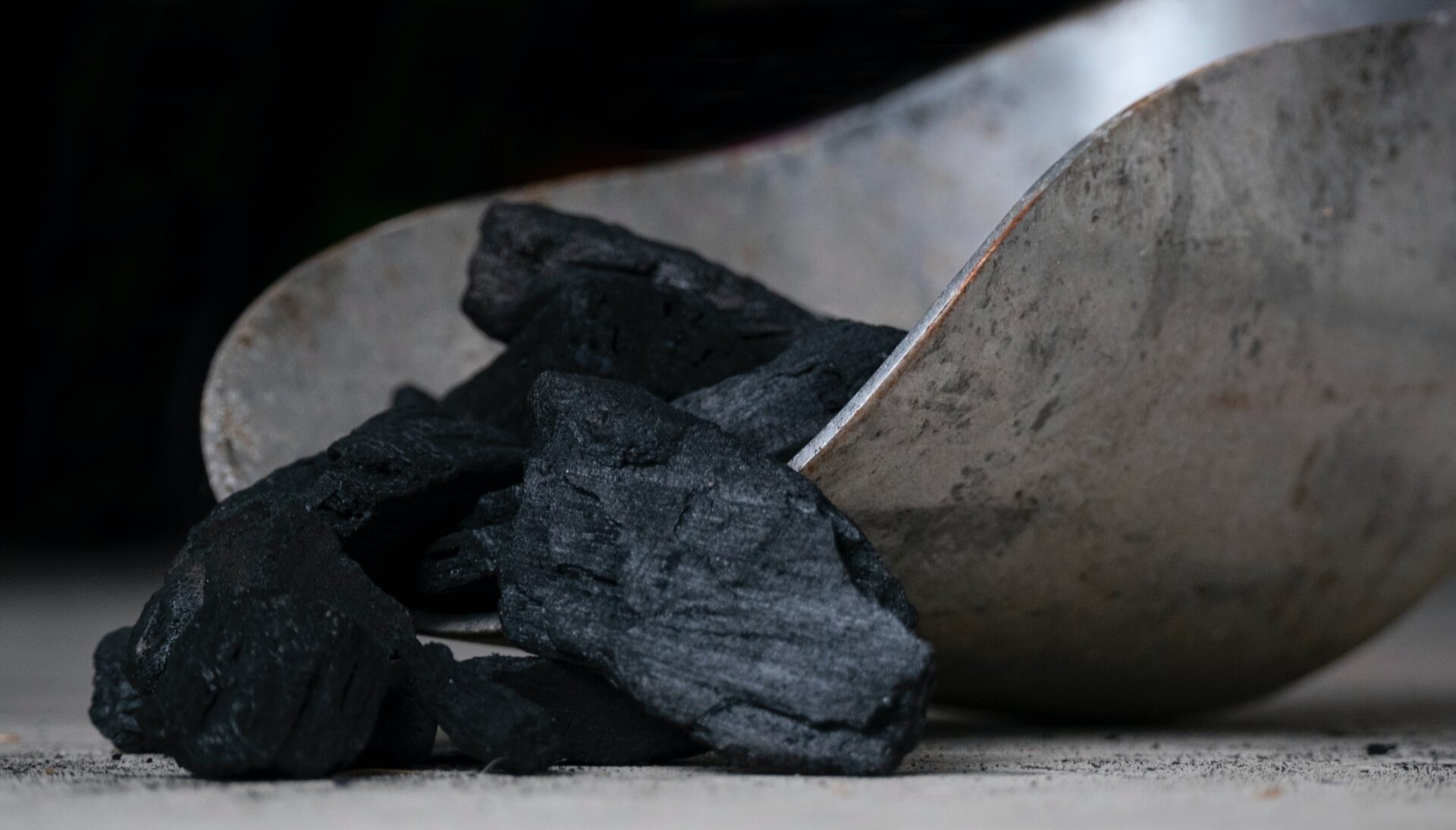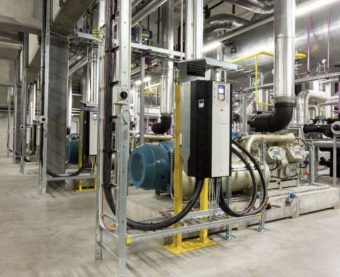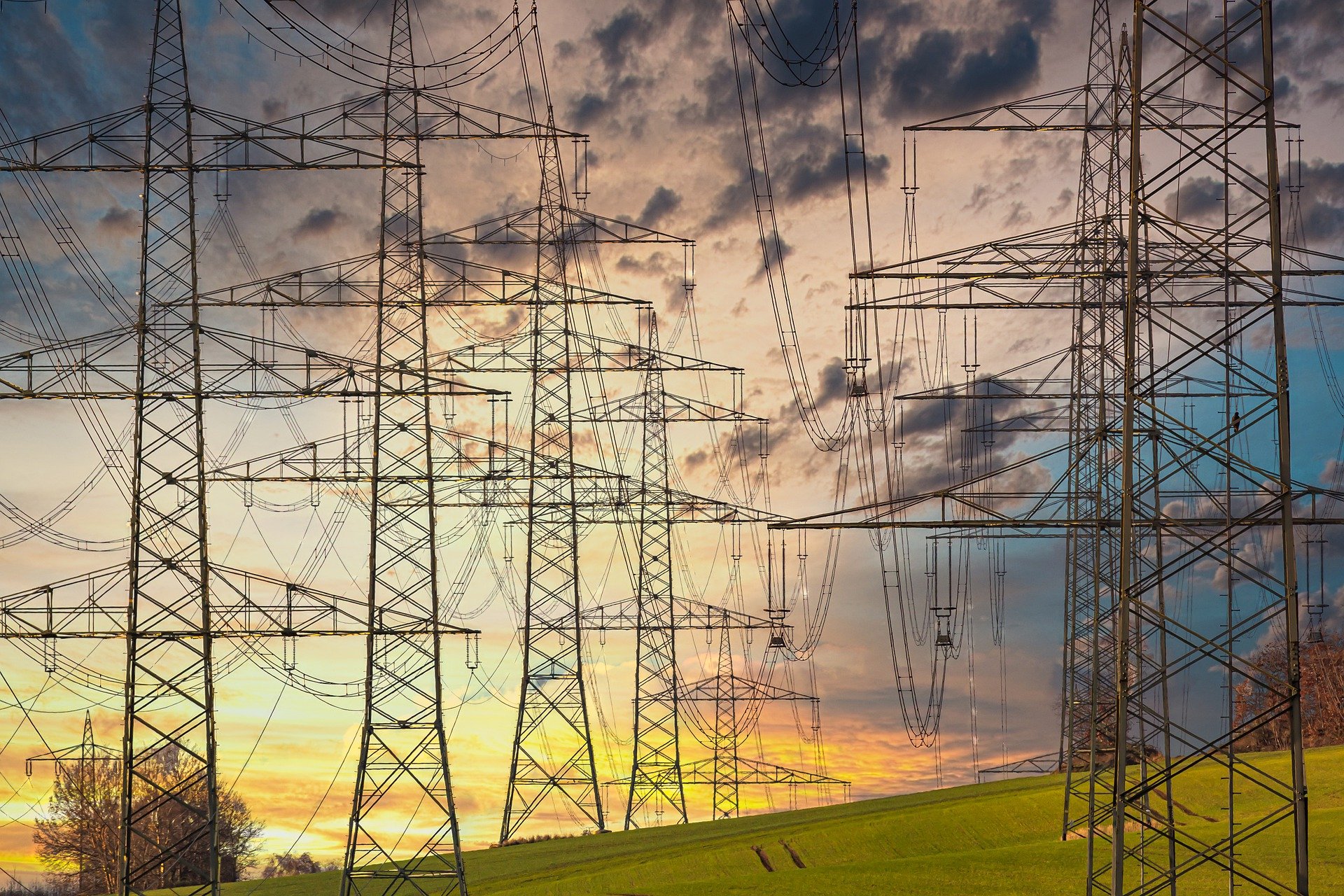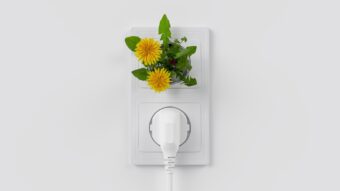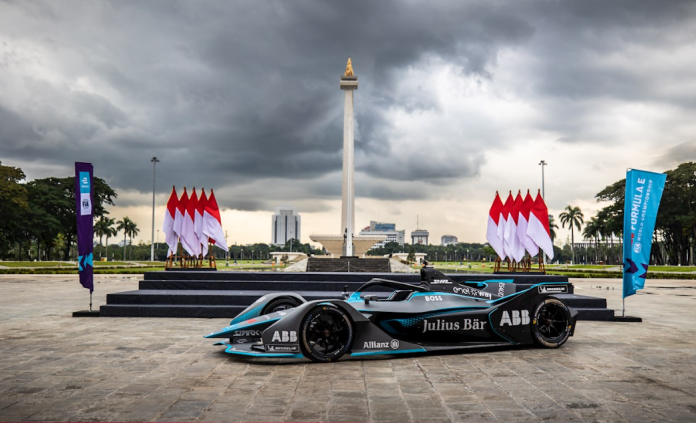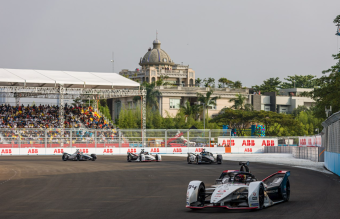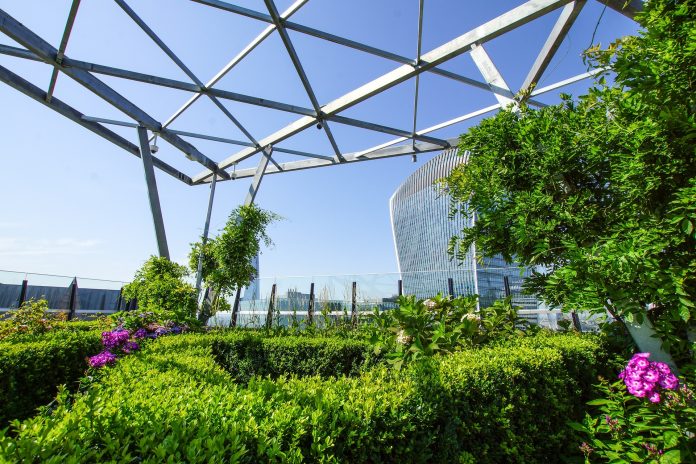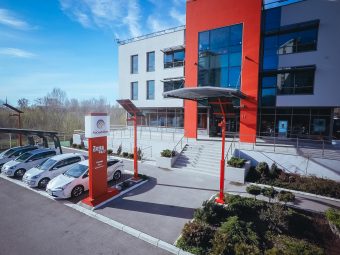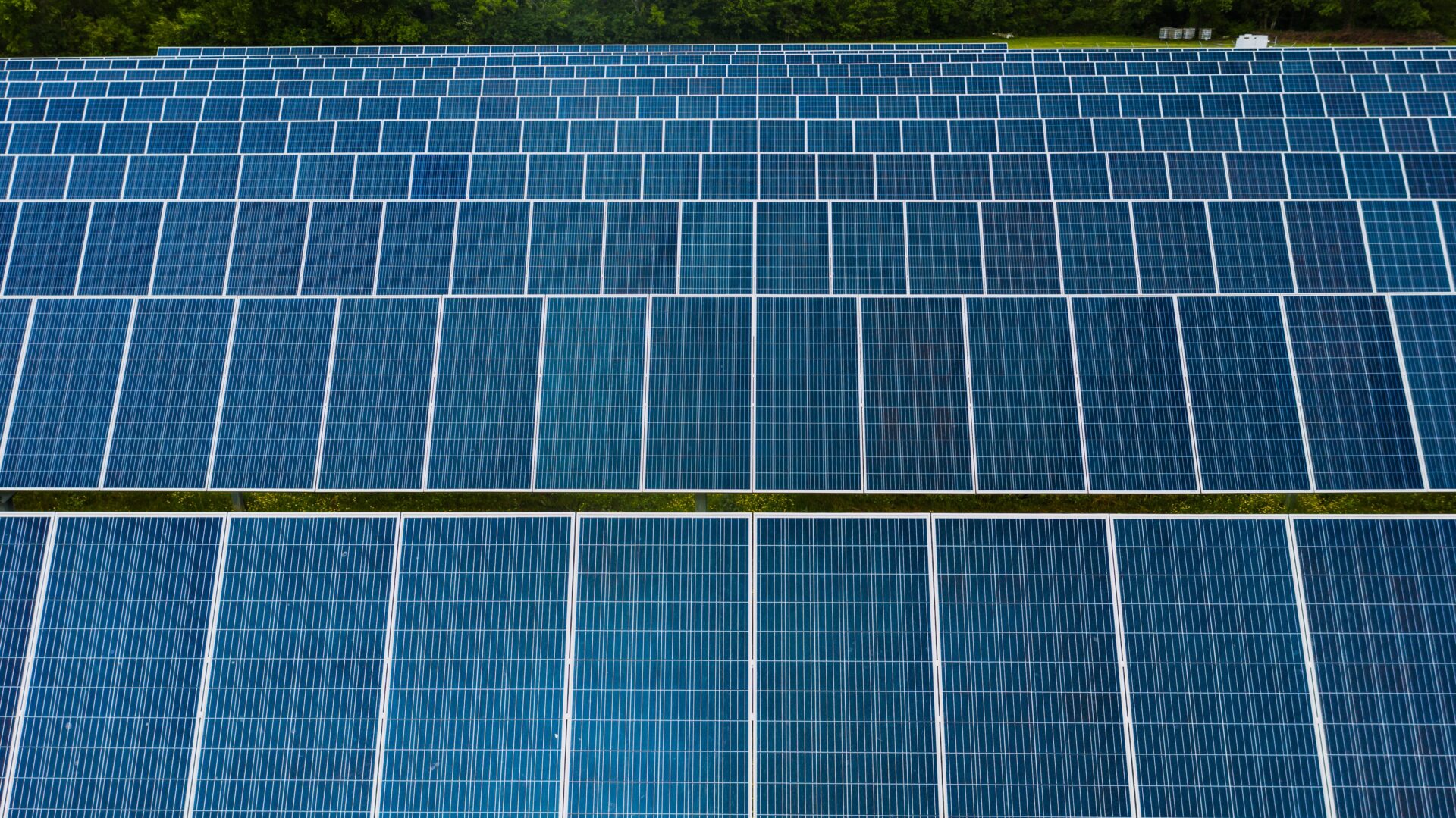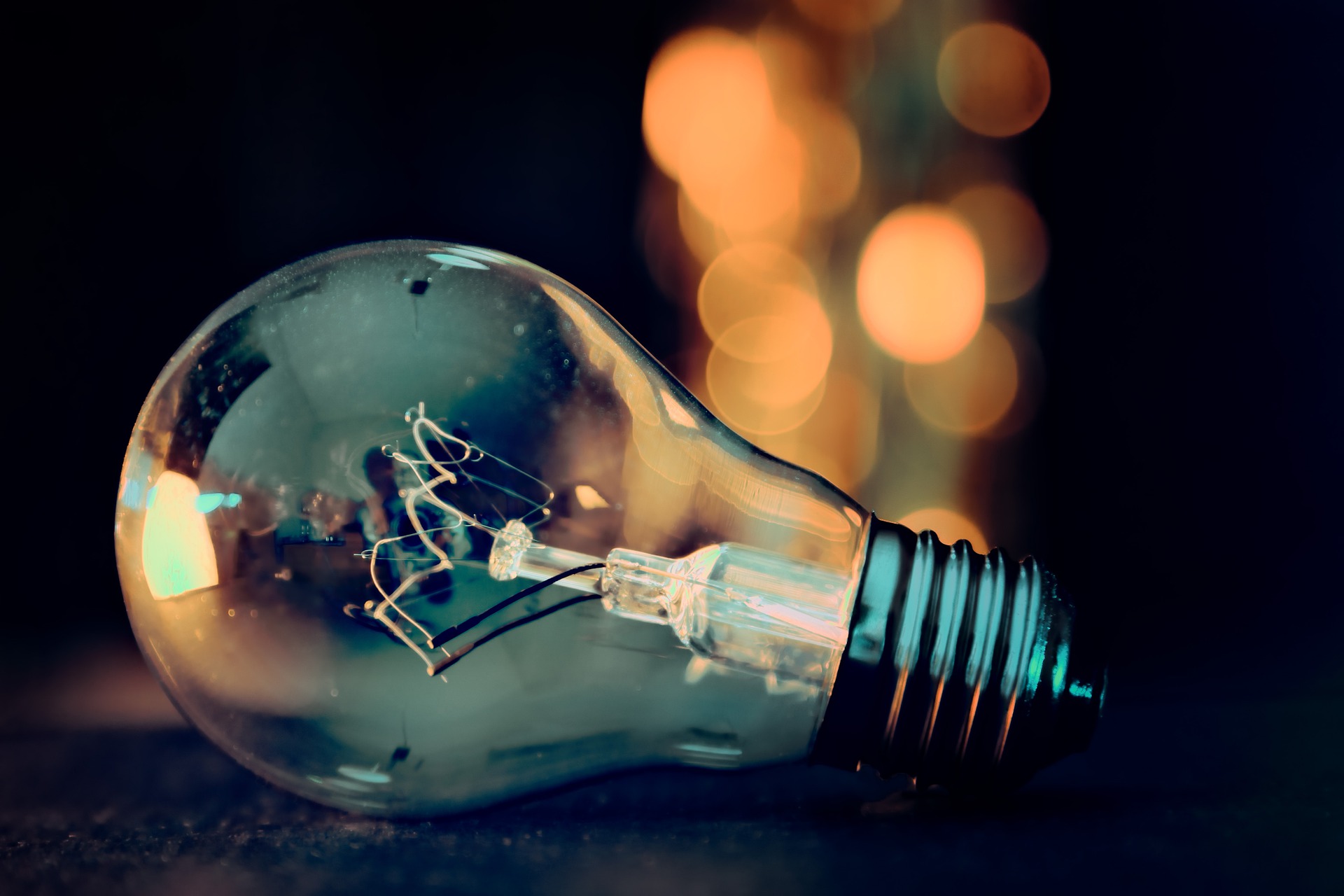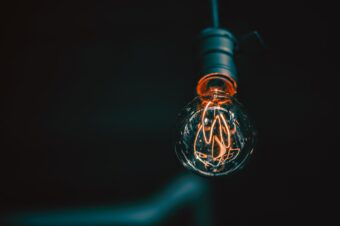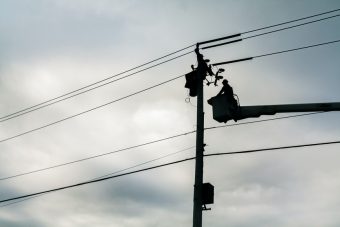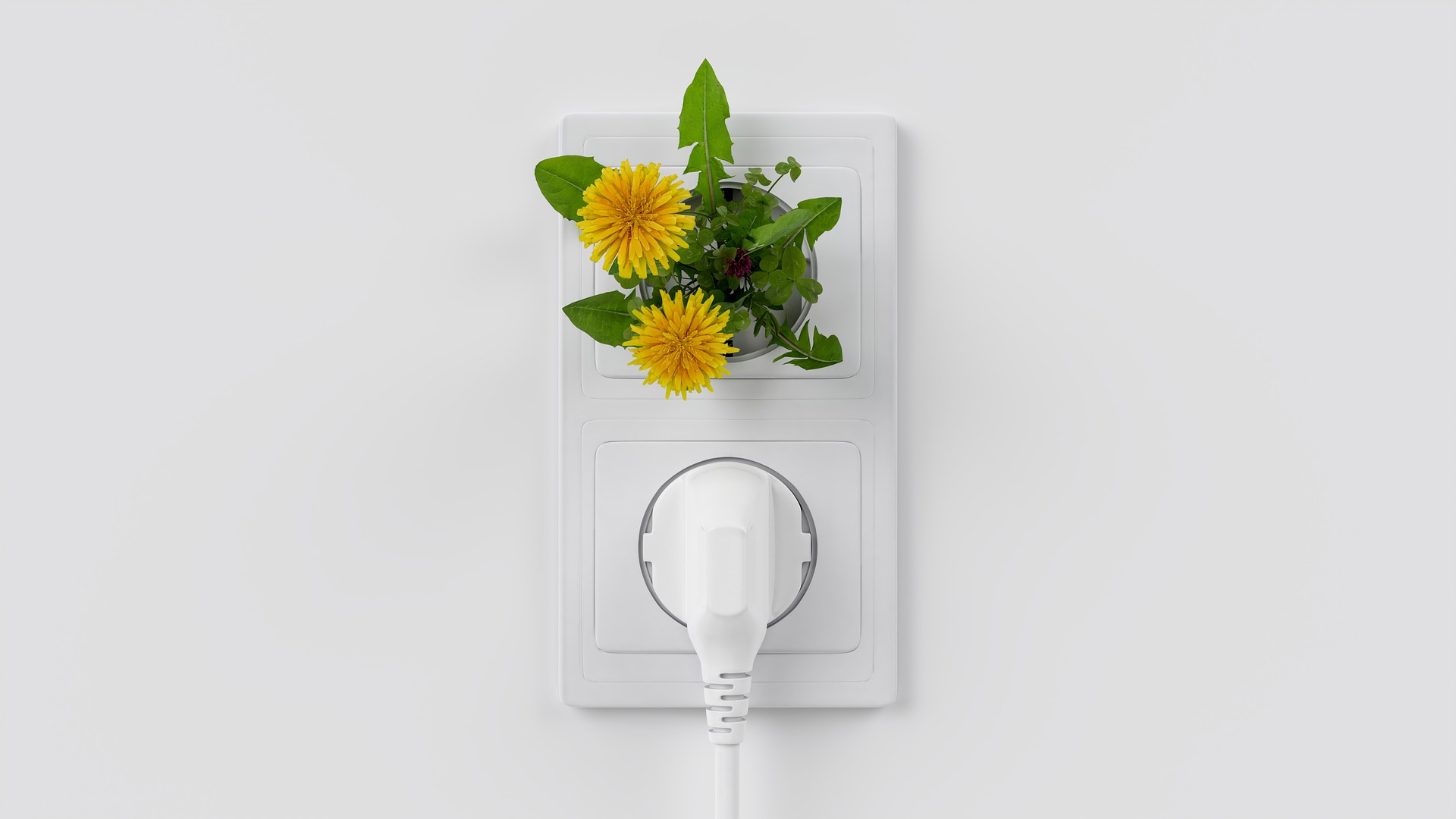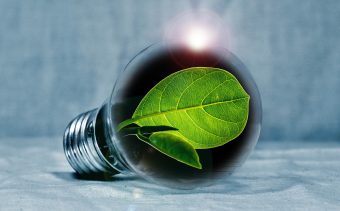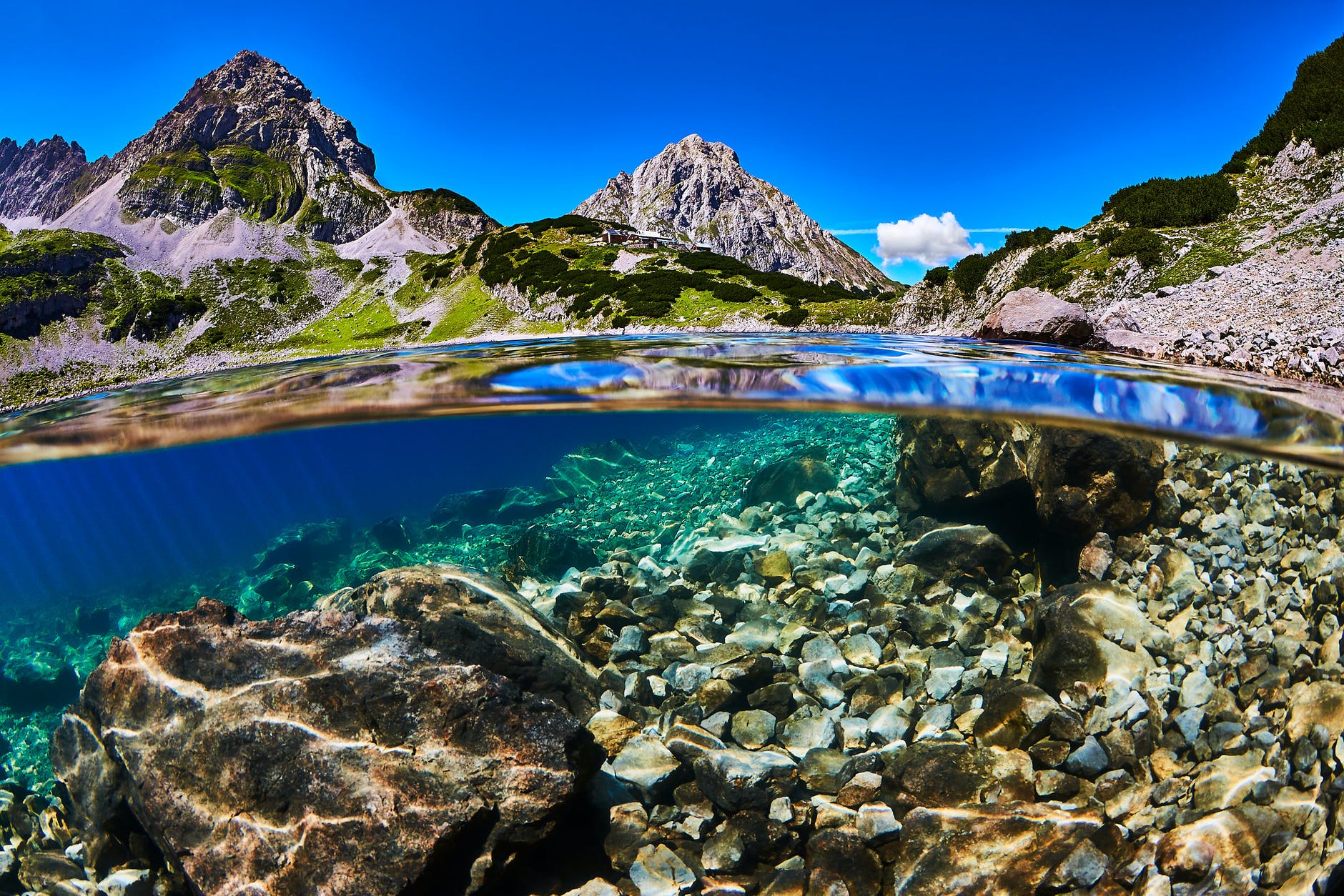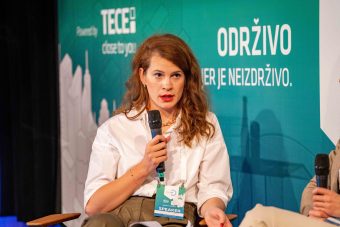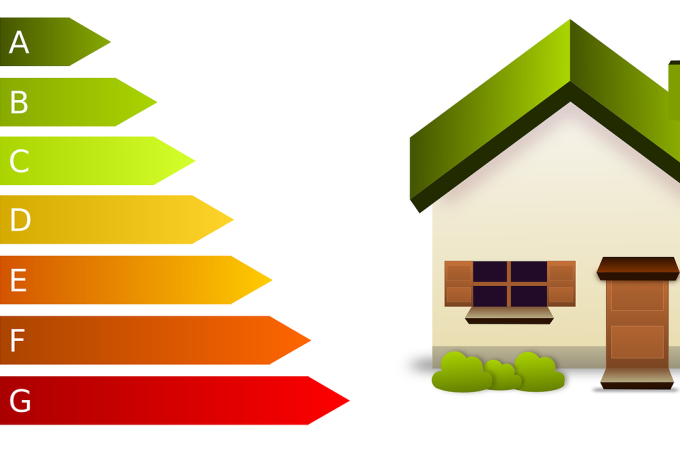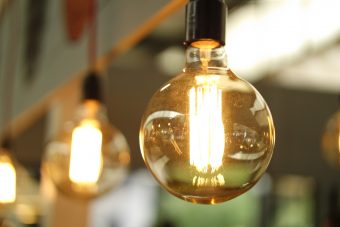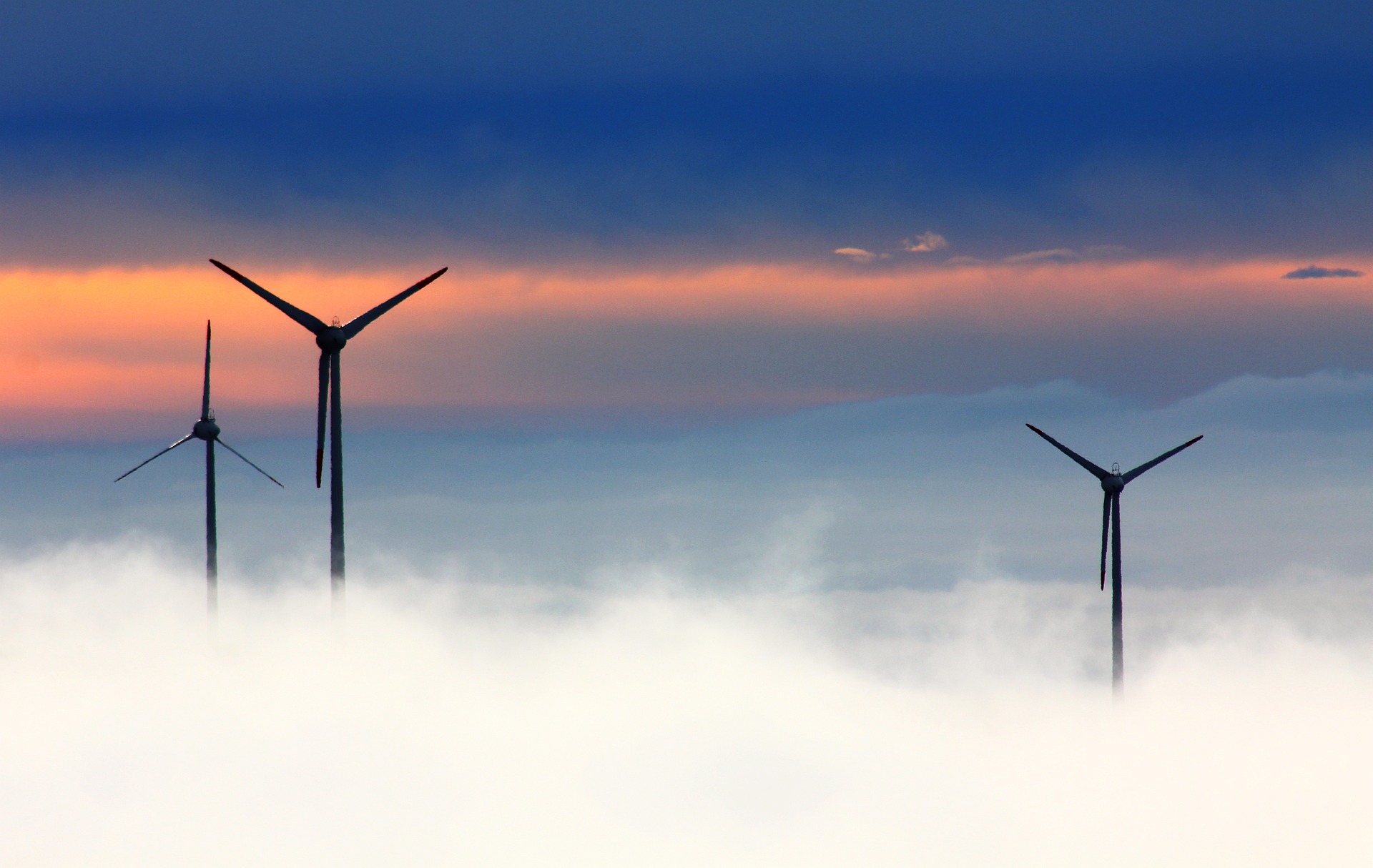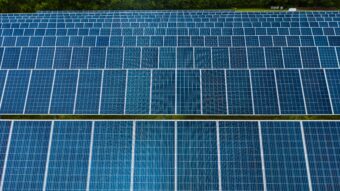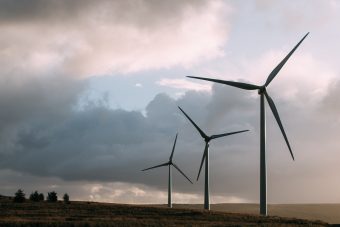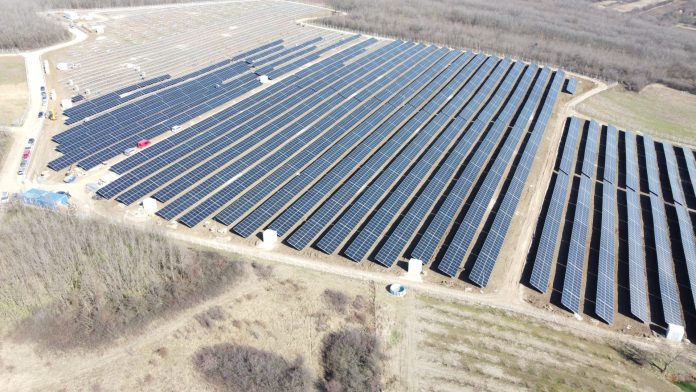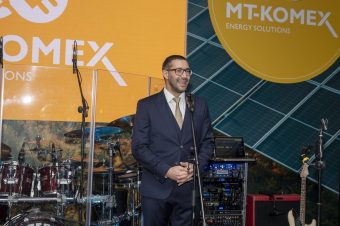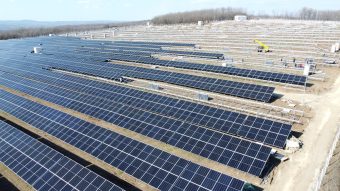
While environmental problems like pollution and climate change have caused countries around the world to embark on an energy transition, Serbia still largely relies on one energy source – coal. If go deeper into the problem, the coal used in our country is mostly of poor quality, which is why it is more correct to call it lignite. The extent to which this energy source is present in our country is shown by the fact that, in proportion to its size, Serbia ranks high on the list of the largest producers of lignite in the world.
Especially during the winter period, Serbia also ranks high when it comes to air pollution, to which coal contributes significantly, both by thermal power plants using it to generate energy and by households who use traditional furnaces. For example, according to data on the IQAir website, on February 13 of this year, Belgrade ranked fifth in the world in terms of air pollution in major cities, yet at the same time, five cities in Serbia were even more polluted than Belgrade.
More:
Although we cannot currently follow the successes achieved by some more developed countries, when it comes to switching to cleaner energy sources, some steps are being taken after all. Especially in the past year, there a lot of effort was invested into replacing old coal-fired boiler plants with new ones that run on some other energy source throughout our country. Some examples of this are the new gas boiler plant in Guča and the pellet boiler plant in Osečina. In addition to the implemented projects, we should also mention those that are planned. This year, the Republic of Serbia’s government had a meeting at which they adopted a decree regarding the shutdown of boiler plants with a capacity of fewer than 50 megawatts, which, among other things, rely on coal and can be connected to a district heating system or a gas pipeline. Niš was one of the Serbian cities that was classified as the most polluted on February 13 and the good news is that the plan is to shut down its biggest polluter – the boiler room in the University building.

No matter how good these examples are, they are only ‘examples’, showing how dependent Serbia is on coal and how much work lies ahead when it comes to switching to cleaner energy sources. Thermal power plants remain the most significant source of pollution in our country. The Nikola Tesla thermal power plant (TENT) burns between 28 and 30 million tonnes of coal annually. The TENT has five organizational units, among which are the largest TENT A in Obrenovac, which consists of six blocks with a total power of 1,765.6 megawatts, and TENT B in Ušće, which has two blocks of 650 megawatts each, and they produce more than 50 percent of electricity in Serbia.
The most significant and largest project implemented in the Electric Power Industry of Serbia (EPS) was launched in 2019, during which a desulfurization system will be built at TENT A. The project, which should reduce sulfur dioxide (SO2) emissions 10 times, is expected to end this year. Just one year later, the groundbreaking ceremony for the construction of the desulphurization system at TENT B took place and the construction of this system should be completed in 2024. Thanks to this plant, all SO2 emissions should be reduced by 20 times, more precisely from the current 80,000 to 4,500 tonnes.
In Serbia, the SO2 emission level is several times higher than the permitted level, however, as reported by the EPS, with the commissioning of the flue gas desulphurization plant, the quantity of SO2 in the flue gases will be within the limits of European standards.
Katarina Vuinac

